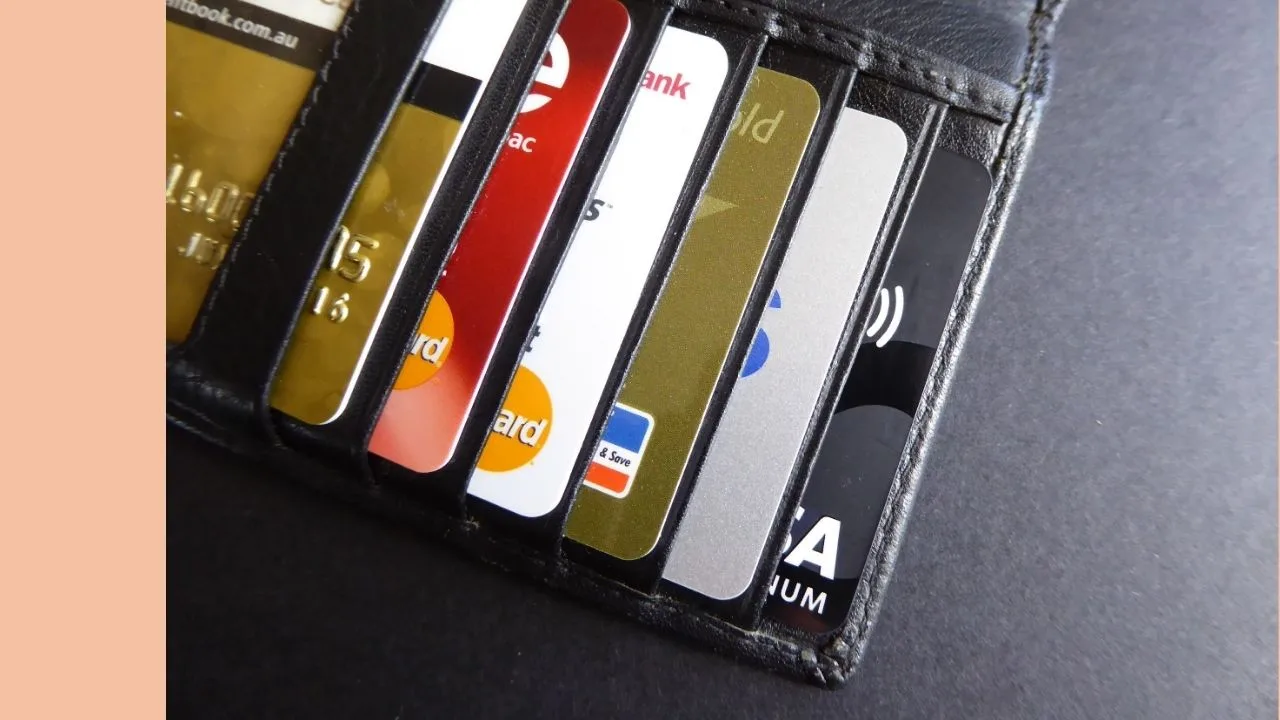In a low rate environment, dividend shares are looking increasingly appealing but it’s getting difficult to find a high yield. Is the BetaShares Active Australian Hybrids Fund (ASX: HBRD) an alternative?
What Are ETFs?
Australian Exchange-traded funds, or ASX ETFs, are investment funds that are listed on a securities exchange and provide exposure to a range of shares or assets with a single purchase. The video below explains ETFs in more detail.
What Are Hybrids?
The HBRD actively-managed fund provides exposure to something called hybrids. Think of them this way: companies can raise capital either by issuing equity or debt. Equity and debt have different characteristics, advantages and disadvantages. Hybrid securities have some characteristics of both.
For example, HBRD mainly invests in preference shares. These preference shares entitle the holder to a fixed dividend which is paid before the ordinary shareholders’ dividend. In other words, if the company can only afford to pay one or the other, preference shareholders will get the dividend.
Preference shareholders also have a higher claim on company assets if the company was to go into liquidation. While those are some of the benefits, preference shareholders don’t have voting rights, and a company can repurchase preference shares at any time and reissue at a lower interest rate. So, that’s a general overview of one type of hybrid.
The Hybrids Fund
HBRD, as mentioned, invests mainly in preference shares – 79.9% of the fund’s holdings. The other 20.1% is invested in capital notes, bonds and cash.
Hybrids have their benefits, but they can be complicated instruments, so investing in them through an ETF could be a good way to get exposure. HBRD offers monthly distributions for regular income, and the estimated gross yield (which includes the benefits of franking credits) is 4.28% per year. The trailing gross yield, or the gross yield over the last 12 months, was 4.9%.
Since inception in November 2017, HBRD has returned 5.28% per year before franking credits, or 6.36% per year with franking credits. These figures easily compare with some of the highest dividend yields currently available on the ASX.
Fees And Risks
HBRD, as an actively-managed fund, comes with several fees that investors should be aware of. First, there is a 0.45% per year management fee. On top of that, expenses are estimated at 0.1% per year, so expect to pay at least 0.55% in fees each year. If the fund then outperforms its benchmark, there is an additional 15.5% performance fee.
Preference shares, like bonds, are highly-exposed to interest rate risk. If interest rates rise, the value of existing preference shares will likely fall. However, it should be noted that HBRD uses floating rate notes and therefore, its interest rate risk is minimal.
My Take
This ETF seems like an interesting way to get exposure to something that can be difficult to invest in directly. Preference shares also seem to offer a good alternative to some of the lower dividend yields and bond yields we are seeing today.
However, they certainly come with their own risks, so always read the product disclosure statement and consider whether the risks and fees fit with your current portfolio.
For our number one ETF pick, check out the free report below.
[ls_content_block id=”14948″ para=”paragraphs”]
Disclosure: At the time of writing, Max does not own shares in any of the companies mentioned.






